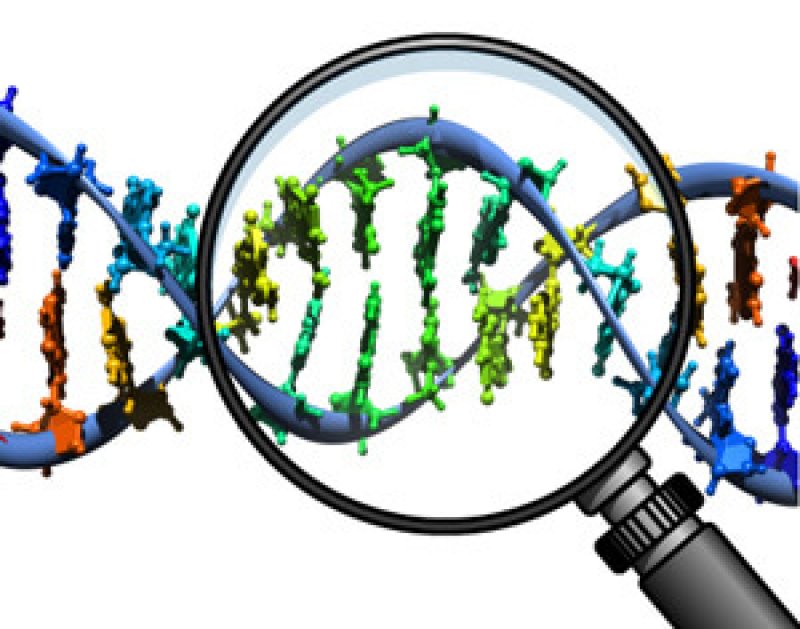Lurking in the genes of the average person are about 54 mutations that look as if they should sicken or even kill their bearer. But they don’t.
…
The fast pace of genomic research since the start of the twenty-first century has packed the literature with thousands of gene mutations associated with disease and disability. Many such associations are solid, but scores of mutations once suggested to be dangerous or even lethal are turning out to be innocuous. These sheep in wolves’ clothing are being unmasked thanks to one of the largest genetics studies ever conducted: the Exome Aggregation Consortium, or ExAC.
ExAC…combines sequences for the protein-coding region of the genome…from more than 60,000 people into one database, allowing scientists to compare them…[T]he resource is having tremendous impacts in biomedical research. As well as helping scientists to toss out spurious disease–gene links, it is generating new discoveries.
…
“If you have a genetic risk that you believe is predicting disease but isn’t, you can end up doing drastic things that can harm someone,” says [geneticist Hugh Watkins of the University of Oxford, UK].
The GLP aggregated and excerpted this blog/article to reflect the diversity of news, opinion, and analysis. Read full, original post: A radical revision of human genetics































